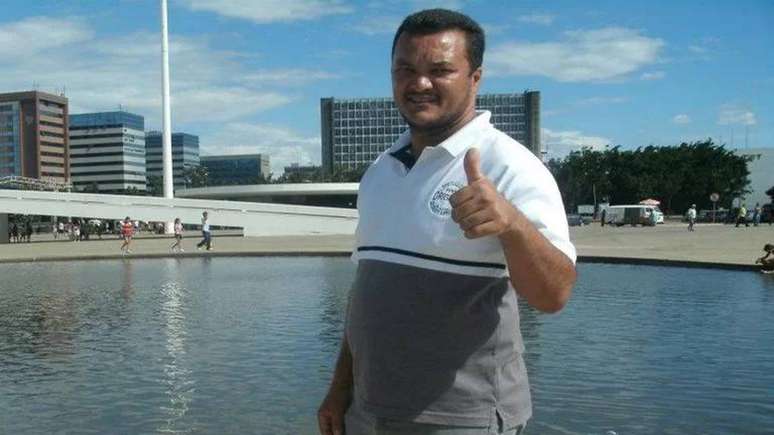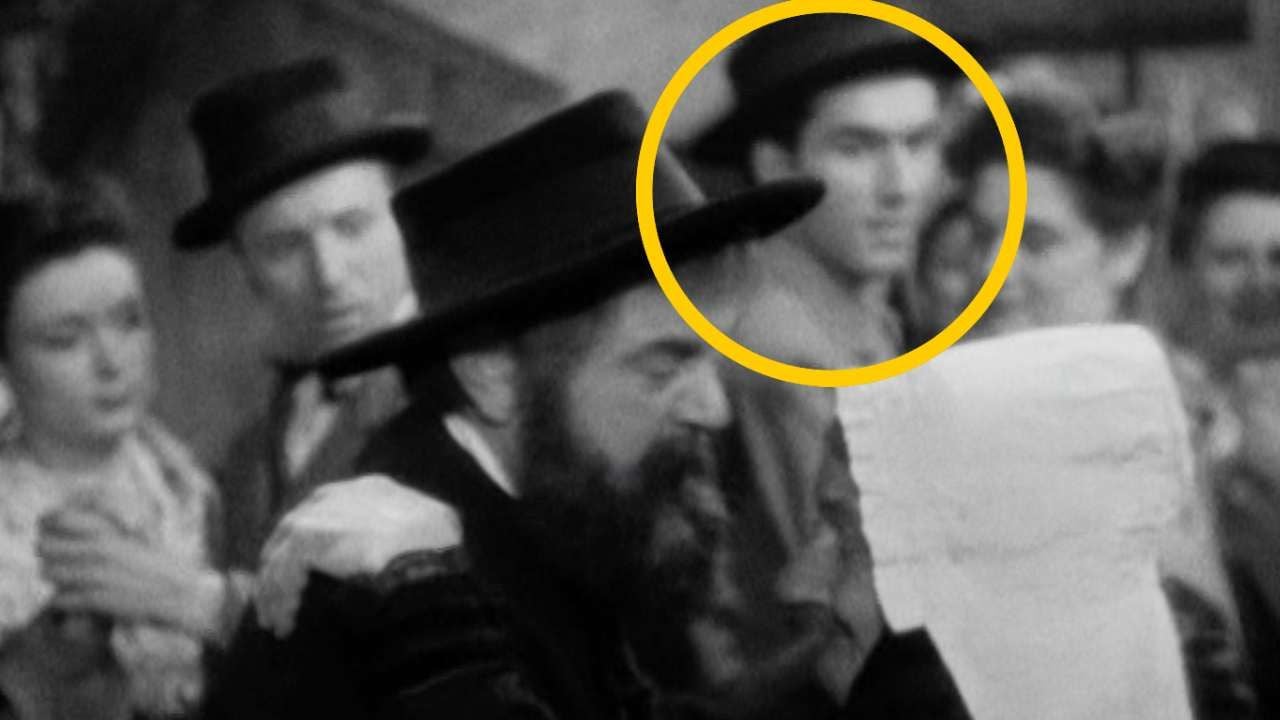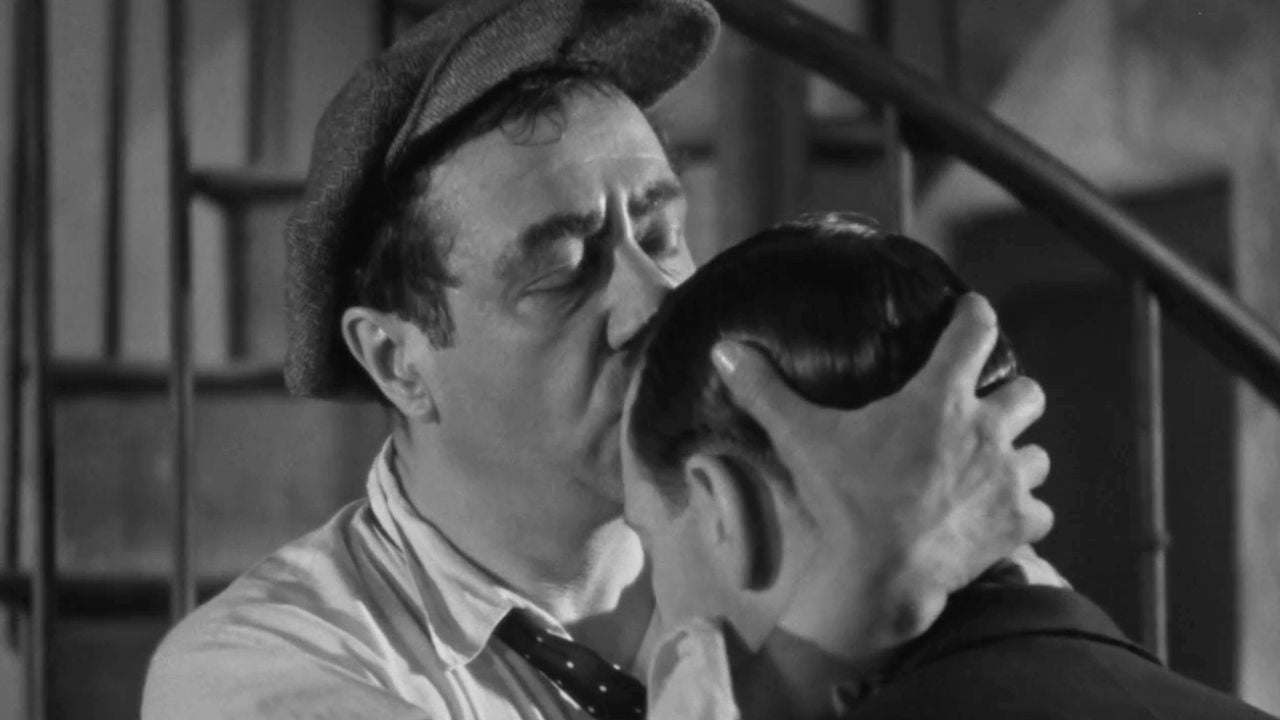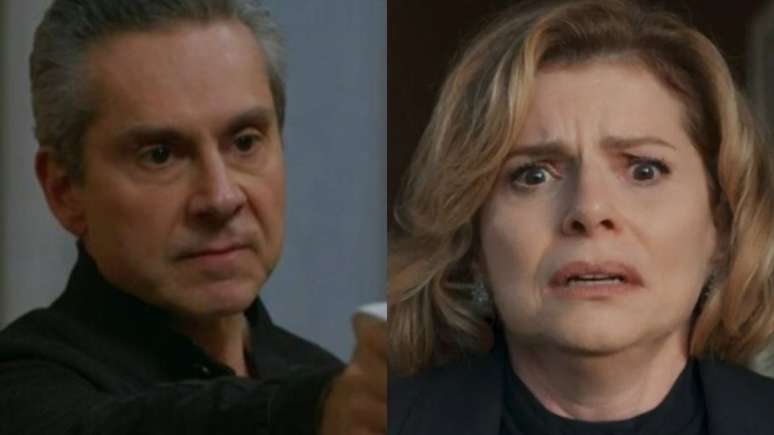According to a complaint, Cleriston da Cunha invaded Congress, broke windows and burned the carpet in the House’s Green Room
BRASÍLIA – Cleriston Pereira da Cunha, who died this Monday the 20th after falling ill in the Papuda penitentiary complex, was arrested for participating in the January 8 coup.
According to a complaint by the Attorney General’s Office, Cunha was part of the group that invaded the National Congress during the attacks, breaking windows, mirrors, furniture, garbage cans, computers, works of art and security cameras.
Furthermore, according to the Public Prosecutor, he would have burned the green room of the Chamber using a flammable substance and destroyed a Chamber vehicle. The behavior was cited by Minister Alexandre de Moraes, rapporteur for the STF investigation, after receiving the complaint.
During the complaint process in April, lawyer Bruno Azevedo de Souza, Cunha’s defense attorney, denied the charges and stated that the defendant was holding a peaceful demonstration there, without destroying any public property.
Cleriston da Cunha, 46, fell ill around 10am in the courtyard of the prison’s collection block. He was treated by Samu and fire brigade teams and died at 10.58am.
Cunha became charged with seven crimes, including armed criminal conspiracy, coup d’état and deterioration of protected property. He had not yet been tried by the plenary of the Supreme Court.
The accused also visited various areas of the National Congress, including the stands, the main rooms of the House and Senate and the domes, outside, together with the group of invaders. Like other defendants, his defense contested that the crimes were charged collectively, not individually, by the Supreme Court.
Disagreement on the location of the arrest
The complaint presented by the Public Prosecutor and the vote of Minister Alexandre de Moraes provide different information on the place of Cunha’s arrest on the day of the coup plotters.
The text of the ministerial body states that the accused was arrested red-handed by the Senate Police within the National Congress. Moraes, in his vote in favor of receiving the complaint, added that the extremist also vandalized the Palácio do Planalto and was arrested in the headquarters of the Presidency of the Republic by the Military Police of the Federal District.
The STF minister blamed Cleriston da Cunha and the entire group of invaders as being responsible for the loss of R$15.5 million at the Three Powers headquarters.
Cunha’s case is one of those that have generated criminal actions without the reports identifying each person’s conduct. Those arrested inside public offices in a vandalism scenario had crimes attributed collectively.
Cleriston Cunha’s lawyer, Bruno Azevedo de Souza, criticized the lack of individualization during the trial in which the defendant was made a defendant.
“The absence of a detailed explanation of the criminal act determines the complete nullity of the accusatory statement. Such accusations addressed in a generic way to all the accused, without there being a clear specification of the conduct carried out, are prohibited by the Brazilian jurisprudence system” , he has declared.
Source: Terra
Rose James is a Gossipify movie and series reviewer known for her in-depth analysis and unique perspective on the latest releases. With a background in film studies, she provides engaging and informative reviews, and keeps readers up to date with industry trends and emerging talents.







